15 Everyday Habits That Prove You’re a Boomer
You may be years away from retirement and fluent in TikTok lingo, but certain everyday habits still give off Boomer signals. These habits are about approach, mindset, and resistance to change in a tech-forward world.
If these feel familiar, it’s not your birth year betraying you; it’s the behavior. Here’s what might be aging you.
Double-Spacing After Periods
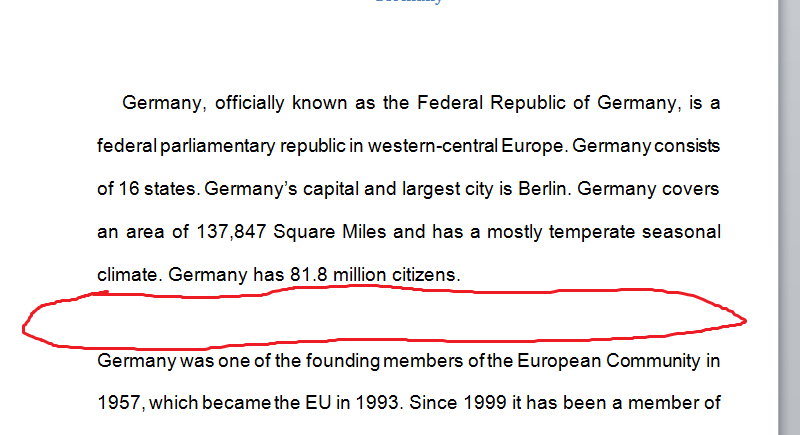
Credit: Reddit
If your thumb instinctively taps twice after a period, you’re typing from muscle memory shaped by typewriters. Back when fonts were monospaced and everything needed visual breathing room, it made sense. But today’s fonts handle that automatically, so the second tap of your thumb just clutters the page. It’s not a big deal unless you want to avoid looking like you formatted your resume in 1998.
Leaving Voicemails for Basic Messages

Credit: Syda Productions
Recording “Just call me back” when you could’ve texted it is jarring. Voicemail is now reserved for formal settings or emergencies. Most under-40s don’t even listen to them. Keep it short and written if you want to keep pace.
Using “The” Before App Names
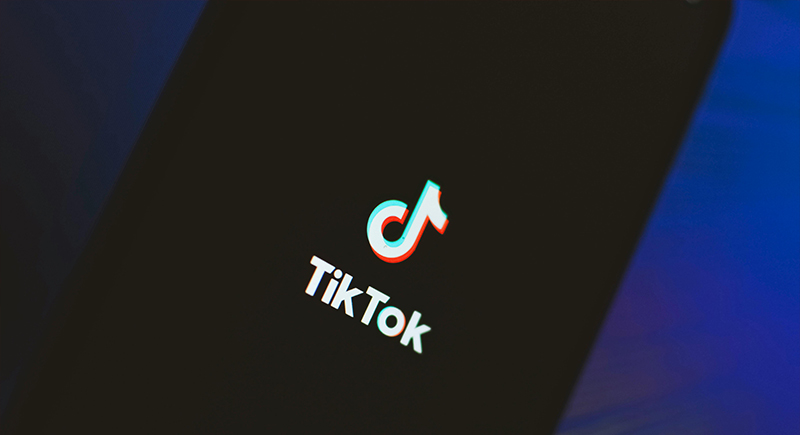
Credit: pexels
If you’re on “the Instagram” or asking about something from “the TikTok,” you’re adding Boomer seasoning to your sentence. Dropping the article brings you into step with how people actually talk about apps now. No one’s scrolling the TikTok anymore.
Typing With One Finger
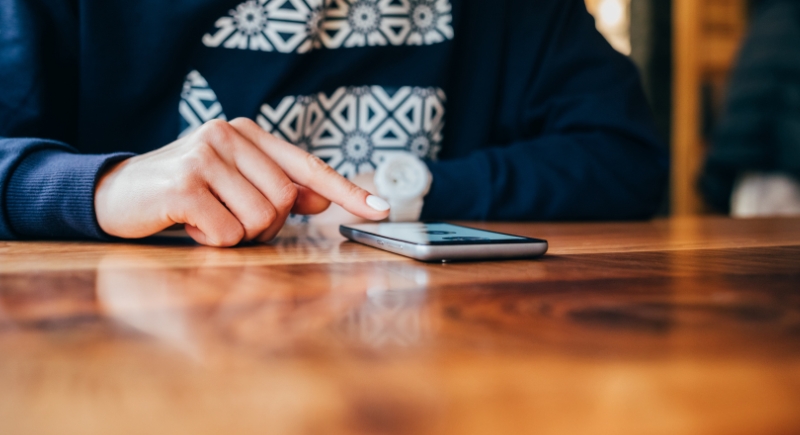
Credit: progressman
You may be fast with a single finger, but if it looks like you’re pecking out a message on a microwave keypad, it’s time for a texting evolution. The two-thumb technique becomes second nature for anyone who grew up playing with smartphones instead of phones with antennae.
Mailing Checks to Pay Bills

Credit: Getty Images
Checks feel oddly ceremonial, but for most people, the ritual ended years ago. Today, bill payment lives inside apps that do the remembering and the delivering for you. Mailing payments in 2025 suggests a distrust in tech and a loyalty to routines most people have long abandoned.
Calling Before Texting

Credit: halfpoint
There’s a modern courtesy rule that didn’t exist twenty years ago: text first, call second. These days, an unexpected call can feel as abrupt as someone walking into your living room unannounced. Texts give people space to respond on their own time—and a chance to mentally brace for actual talking.
Using Ellipses Too Much…

Credit: studioroman
Trailing dots were once a stylistic choice, but now they carry baggage. Overused ellipses signal hesitation, passive-aggression, or digital tone deafness. Clean punctuation is the new norm. Try full stops or nothing at all. The dots can go.
Printing Everything “Just in Case”

Credit: Getty Images
Printing emails, boarding passes, or Google Maps directions is a habit rooted in pre-digital trust issues. Apps have replaced all that. Unless you’re headed into a signal dead zone, digital storage is safer and more sustainable.
Tipping in Cash at the Door

Credit: Wikimedia Commons
Reaching into your wallet for a few singles when the delivery arrives might feel generous and personal, but these days, most tips are added digitally. It’s more efficient, eliminates awkward math, and doesn’t leave your tip dependent on whether you’ve got change.
Complaining About QR Code Menus
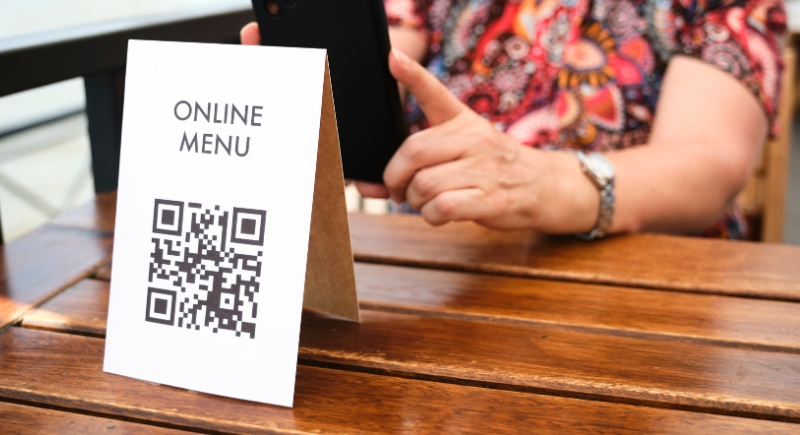
Credit: Canva
Sure, scanning a menu with your phone might not feel as satisfying as flipping laminated pages—but it’s not a tech conspiracy. Restaurants use them to update prices, make changes on the fly, and reduce paper waste. Refusing to scan a QR code reads more like a reluctance to adapt.
Still Using a Landline

Credit: Getty Images
At this point, your landline is less of a backup plan and more of a museum piece. With smartphones, Wi-Fi calling, and emergency features built into every modern device, there’s really not much left for that clunky cordless to do, except collect dust and the occasional telemarketer.
Calling Customer Service to Lodge Minor Complaints

Credit: Getty Images
Picking up the phone to demand a refund on snacks or soap doesn’t land like it used to. Modern grievance culture is digital, with the most commonly used mediums being DMs, emails, and review sites. Loud calls to human reps feel aggressive and outdated.
Overusing Retired Emojis
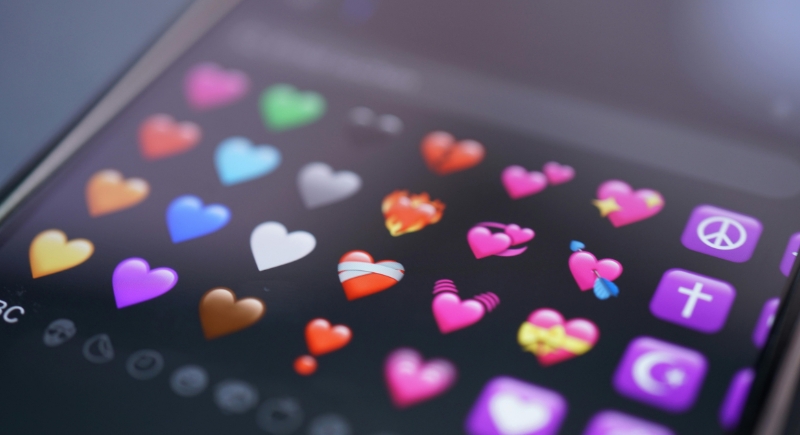
Credit: pexels
Once the gold standard of friendly replies, the crying-laughing emoji has quietly been replaced by sarcasm-laced lowercase text or the skull emoji (yes, “I’m dead” is a good thing now). If your emoji game hasn’t evolved since the iPhone 6, it might be worth updating your reactions.
Saying TV Is “Just Background Noise”
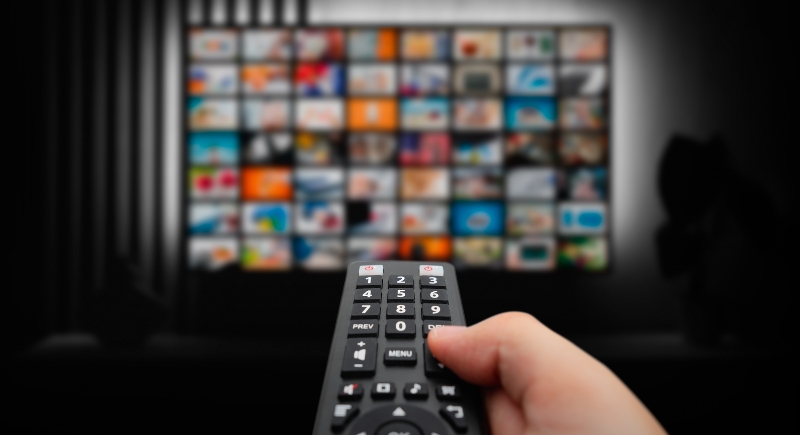
Credit: Proxima Studio
If you leave cable on just to “have something on,” that’s a habit rooted in channel surfing culture. These days, people stream exactly what they want—whether that’s a niche docuseries, a 10-hour lo-fi playlist, or an obscure Icelandic drama. There is no “whatever’s on” anymore.
Complaining About Music Today
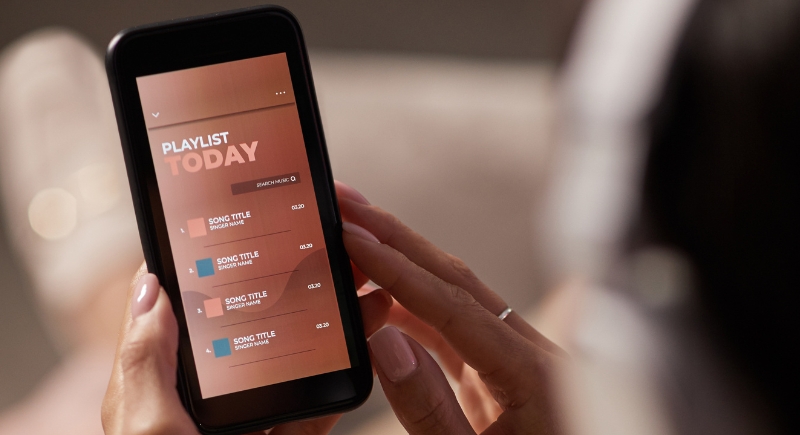
Credit: Getty Images
This one’s a classic generational giveaway. Every era thinks the next one missed the magic. But music evolves, splinters, and reinvents itself. Dismissing it all outright just makes you sound like you stopped listening.
Saying “Kids These Days” Unironically

Credit: Getty Images
Generalizing younger generations as lazy, distracted, or fragile is a timeless trope. It doesn’t land the way it used to. Every generation gets side-eyed by the one before—yours included. Curiosity beats condescension, every time.
Forwarding Chain Emails

Credit: pexels
If your inbox still has “FWD: FWD: FWD” in the subject line, you’re broadcasting your Boomer badge. What used to be heartfelt reminders and angel GIFs is now the digital version of yelling across the neighborhood fence. Spoiler: Nobody wins a gift card from Microsoft for sharing 10 times.